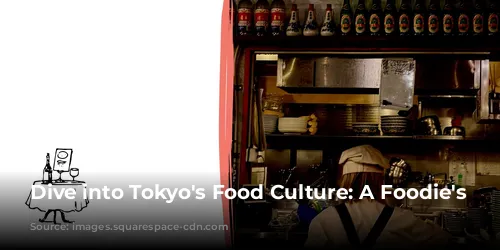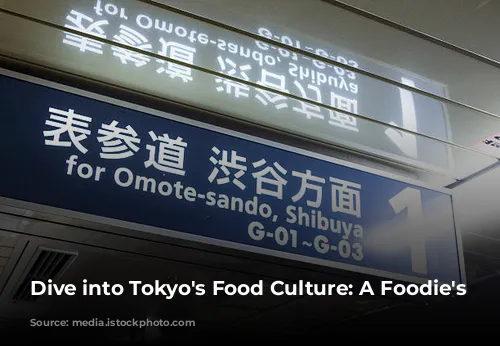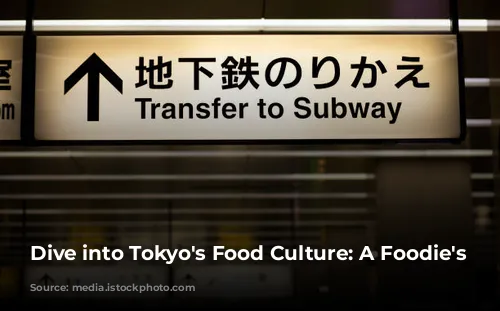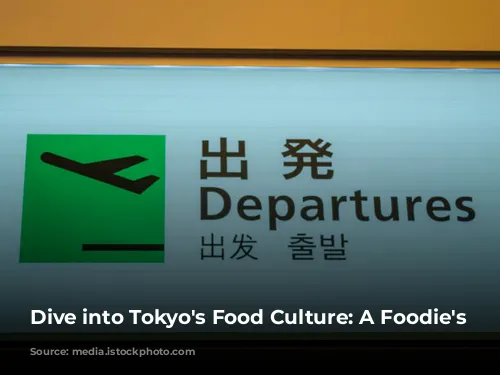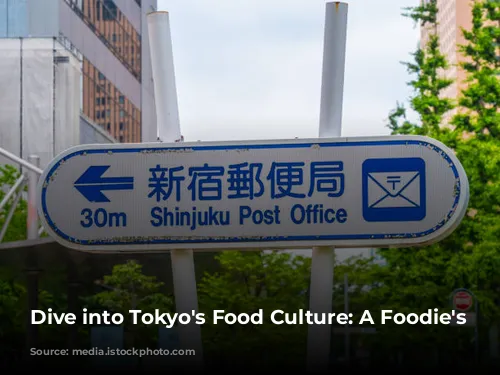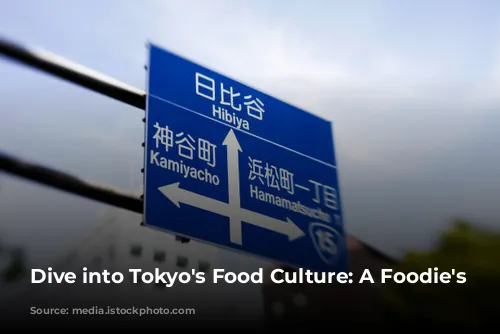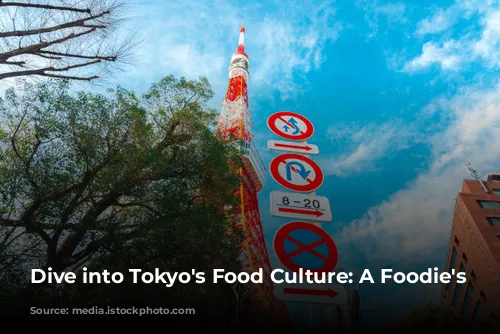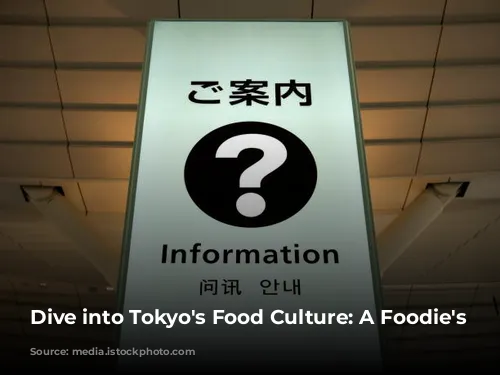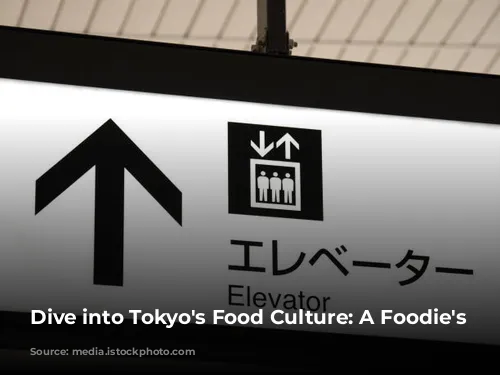Tokyo’s food scene is absolutely incredible! With countless amazing dishes to try, you’ll be spoiled for choice. Here’s a quick guide to navigating the local food scene with confidence:

Dining Etiquette: Understanding the Basics
Stepping into a restaurant for the first time in Tokyo can be a little daunting, but it’s really quite simple. Most restaurants have a system for ordering, so you don’t have to worry about fumbling through menus and waiting for a waiter.
At many ramen shops and smaller eateries, you’ll find a ticket machine where you can select your meal and pay upfront. Once you’ve paid, a ticket pops out, which you then hand to the staff. This is the easiest way to order, especially if you’re unfamiliar with Japanese.
If there’s no ticket machine, don’t wait for the staff to come to you. Instead, simply raise your hand and make eye contact to get their attention. If they don’t notice you, try saying “sumimasen” (excuse me). Don’t worry, it’s perfectly normal to call them over like this.
And if you’re looking for an English menu, simply ask “eigo menu…?” This might be a little broken Japanese, but it’s more than enough to get your point across.

Common Questions You’ll Hear
When traveling in Japan, you’ll likely hear a few standard questions, especially when paying for things. It’s worth learning a few key phrases to make things smoother and avoid any awkwardness.
One of the most common questions you’ll hear in convenience stores and shops is “Do you need a bag?” This is often the only question you’ll get, so listen carefully for the word “fukuro.” If you need a bag, simply say “onegaishimasu” (please). If you don’t, just say “daijoubu” (no thank you).
Another common question is “Do you have a point card?” This is usually asked when you’re paying, so keep an ear out for “pointo cardo.” If you don’t have a card, simply shake your head no.
Here are some more handy phrases to practice:
- Daijoubu: It’s okay, I’m fine, no thank you.
A quick note: The “R” sound in Japanese is more like a soft “D” sound, similar to Spanish. For example, “fukuro” sounds more like “fuu-kuu-dou.”
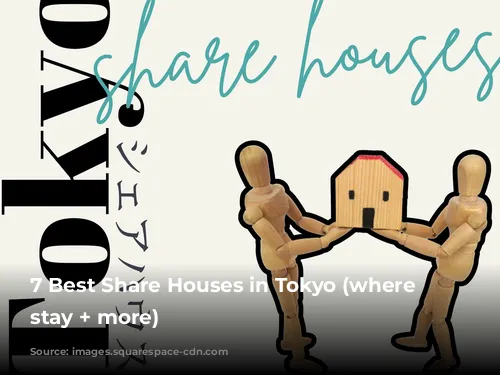
Respectful Etiquette: Navigating Japanese Customs
You’re probably already familiar with some of the etiquette and social customs in Japan, but here are a few key points to keep in mind to ensure you’re respecting everyone around you:
- Avoid eating or drinking on the trains. This is considered rude.
- Don’t eat while walking around busy streets. It’s best to find a park or a quieter spot to enjoy your meal.
- Refrain from talking on your phone on the trains. People appreciate quiet and peaceful commutes.
- If you smoke, use designated smoking areas. Smoking is not permitted just anywhere.
- On escalators, stand on the left side. The right side is for walking.
For more information on Japanese etiquette, check out this helpful resource: [link to etiquette article]
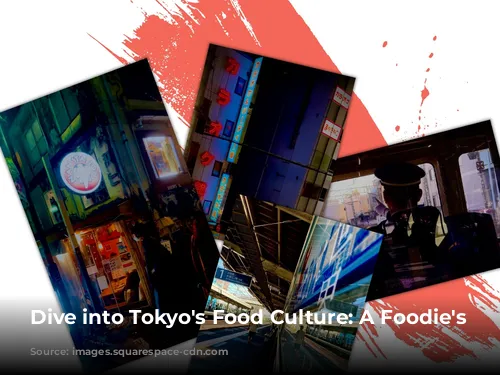
Share Houses: A Great Way to Connect and Save Money
Share houses are a fantastic option if you’re looking for a more affordable and sociable way to stay in Tokyo. They offer flexible lease terms, lower costs, and a great opportunity to meet other travelers and locals.
Share houses typically provide a private room (some offer apartments) and shared kitchen, shower, and restroom facilities. They’re often more foreigner-friendly, with English-speaking staff to assist you.
One of the best things about share houses is the immediate sense of community you’ll experience. It’s a great way to make friends and get to know Tokyo from a local perspective.
If you’re interested in learning more about the best share houses in Tokyo, check out my full list here: [link to share house list]
Enjoy your trip to Tokyo! It’s my favorite city, and I know you’ll love it.

